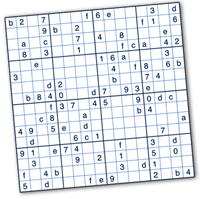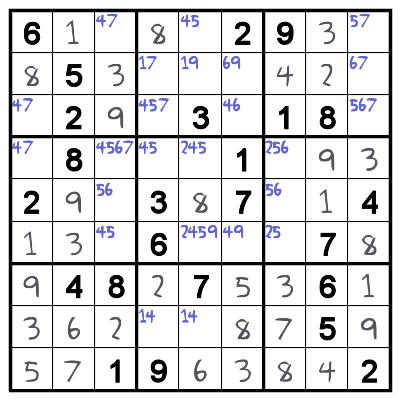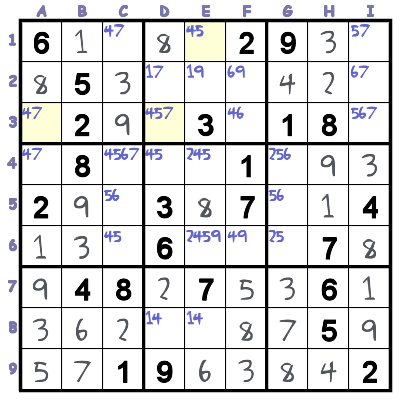Dumb Ripoff Alert
January 6th, 2012I just found a book in the Kindle bookstore that (incompetently) rips off some of my sudoku puzzles. The book is called “The Most Difficult and Hardest Sudoku Puzzles” and is “copyrighted” by one Johnny Cohen. Here’s the cover:

The cover helpfully informs you that the book is a BEST SELLER. Here’s a sample of the text.

Interestingly, my original copyright notices are plastered throughout the entire book. The “author” apparently attempted to produce the book by using one or more of my PDF files as source to Amazon’s Digital Publishing program, but their text-processor eliminated all the puzzle graphics, resulting in a confusing jumble of numbers and krazydad copyright notices.
I only found out about this because somewhat bought the book, and asked me how to solve the strangely formatted puzzles.
I’m in the process of filing a copyright infringement notice, but feel free to post some amusing reviews on the Amazon page for your entertainment. I think I’m going to have to check to see if any of my puzzles have been more successfully ripped off. If you spot any other krazydad puzzles in the Kindle store, let me know!
UPDATE: Oh gee, I just found two more.
800-Tough-Sudoku-Puzzles by Naeem the Krazy Boy
UPDATE #2:
The number of these things is up to 912 now (that’s just from searching the Kindle store for “Sudoku 800” and “Sudoku 1200”). Sigh… I have some paperwork to do this weekend, I guess…


 I made four of these laser cut music boxes as christmas gifts to my family. The pattern was generated with a Processing script, which I wrote. The lid contains an inlaid Hilbert space-filling curve. On each of the sides is a colorful J, representing each of my four family members (our names all begin with that letter).
I made four of these laser cut music boxes as christmas gifts to my family. The pattern was generated with a Processing script, which I wrote. The lid contains an inlaid Hilbert space-filling curve. On each of the sides is a colorful J, representing each of my four family members (our names all begin with that letter).

